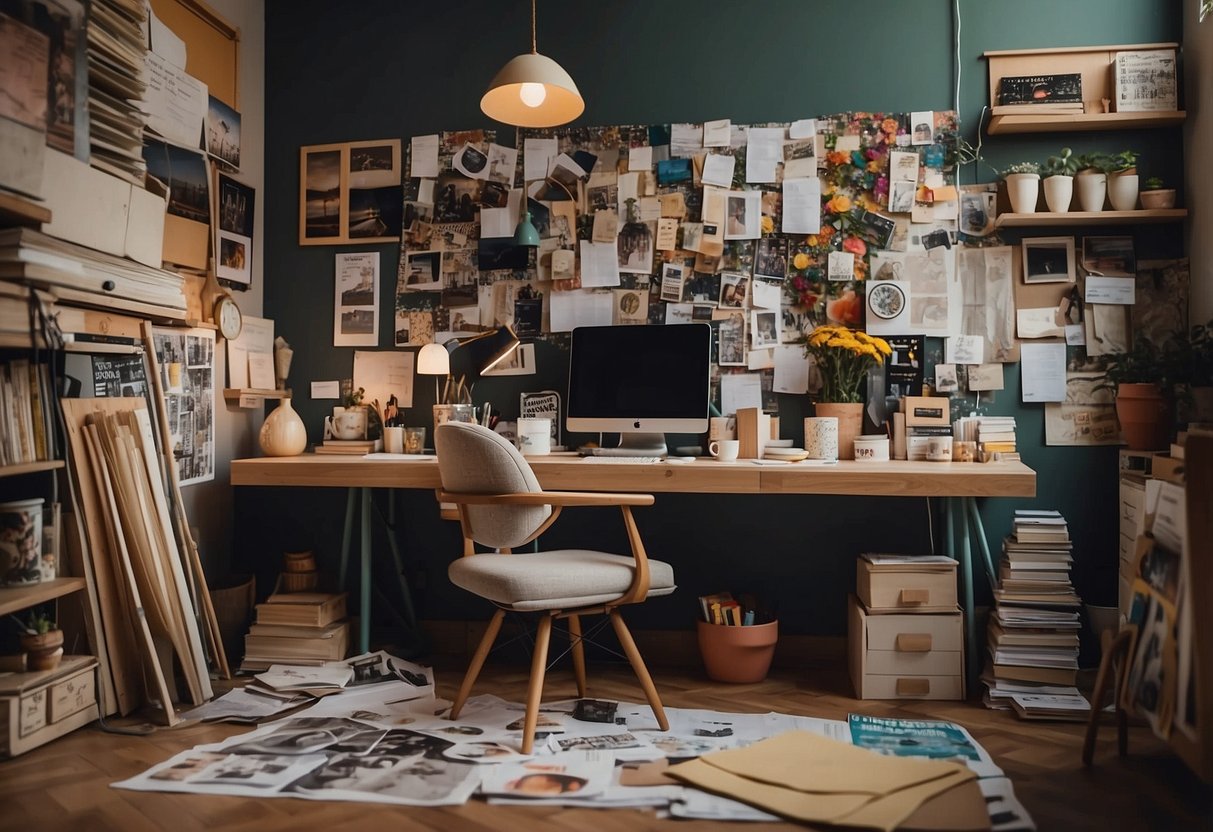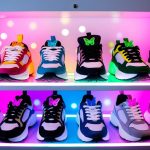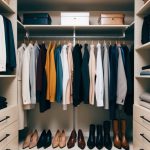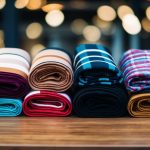
The Power of Shoes and Bags
Shoes and bags are not just functional but play a pivotal role in defining an outfit’s character. Shoes come in various styles, such as heels, flats, and sneakers, each lending a different flair. Elegant heels with a dress project sophistication, while casual sneakers can give a relaxed and contemporary edge. It’s crucial to choose shoes that not only match the outfit but also the occasion, balancing comfort with style.
Bags, ranging from clutches to totes, carry both utility and aesthetic importance. A sleek leather handbag can offer a chic, professional appearance, contrasting with a vibrant tote bag’s casual, artistic feel. The material, color, and design of bags should align with the overall ensemble and personal preferences. When coordinated effectively, shoes and bags elevate an outfit, providing a cohesive and polished look.
Inspiration and Creativity
Exploring various sources of inspiration and utilizing creative tools can help in developing a unique personal style. This approach can refine one’s aesthetic and provide direction for personal expression through fashion.
Using Mood Boards and Visual Aids
Mood boards serve as a powerful tool for gathering and organizing visual inspiration. Platforms like Pinterest are ideal for creating these boards, allowing individuals to collate images, colors, and patterns that resonate with their desired style. By regularly updating and reviewing these boards, one can identify emerging trends and preferences.
Visual aids such as sketches, photographs, and collages also play an essential role. They help in visualizing ideas and experimenting with different combinations. This process not only sparks creativity but also provides a tangible reference that guides style choices. Another benefit is that mood boards can reveal patterns and themes that may not be immediately obvious.
Learning from Celebrities and Influencers
Celebrities and influencers often set trends and offer a wealth of style inspiration. Following their social media accounts and noting what they wear can highlight emerging fashion trends and give ideas on how to incorporate those trends into one’s personal style. It’s not just about mimicking their looks; it’s about understanding the elements that work well and adapting them to fit personal preferences.
Observing how these public figures mix and match pieces, accessorize, and switch up their looks can provide valuable insights. Some platforms even allow users to shop directly from outfits posted by influencers, making it easier to experiment with new styles. By studying their choices, one can develop a more informed approach to fashion, learning what works and what doesn’t in various contexts.
Building Outfit Ideas
Creating outfit ideas involves understanding the framework for layering and paying attention to details in each ensemble. These key elements contribute to developing a cohesive and unique personal style.
The Framework for Layering
Layering an outfit is essential for both functionality and aesthetics. Start with a base layer, such as a neutral shirt or blouse, which can be easily combined with other pieces. Middle layers add depth; consider sweaters, vests, or blazers. Finally, top layers like jackets or scarves provide the finishing touch and can adapt to various temperatures.
Color coordination plays a significant role in layering. Complementary colors create harmony, while contrasting shades add interest. The textures of each layer should also complement rather than overwhelm each other.
The versatility of layered outfits means they can transition from day to night or from casual to formal with minor adjustments. Mastering this framework allows for myriad outfit possibilities, ensuring practicality without sacrificing style.
Attention to Details in Ensemble
Details make each outfit unique and distinctive. Accessories such as belts, jewelry, and hats can elevate a simple look into something extraordinary. The right shoes and bags complete the attire, ensuring cohesion from head to toe. Pay close attention to the fit of each garment; well-fitted clothes enhance the overall appearance significantly.
Choosing quality fabrics and ensuring garments are in good condition also reflect attention to detail. Buttons, stitching, and hems should be perfect, as flaws can undermine even the most thoughtfully assembled ensemble. Patterns—whether stripes, polka dots, or florals—should align according to preference, adding subtle complexity.
Little touches, like rolling up sleeves or tucking in shirts, can dramatically alter an outfit’s look. Personal touches define style. By focusing on these details, an individual can consistently present polished and personalized outfits.



